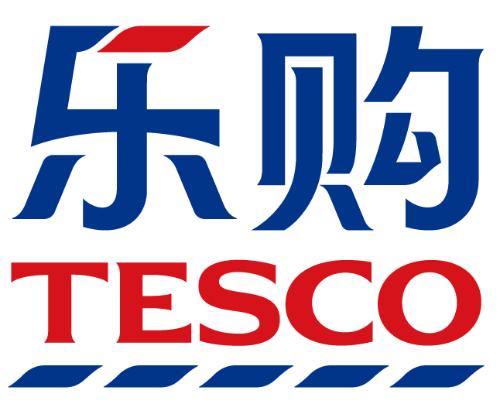You are here
Back to topBritish Retail Giant Tesco Completes Exit from Chinese Market

According to Reuters, British retail giant Tesco has now completed its departure from China with the sale of its joint venture stake to its state-run partner China Resources (Holdings) Co. Ltd. (CRH) for £275 million ($357 million, 2.5 billion Chinese yuan). Tesco’s selling off of its 20% stake in the joint venture Gain Land signifies Tesco’s complete withdrawal from the Chinese market. Tesco has been quoted as saying that the company would use the proceeds for general corporate purposes.
CRH also noted that it will continue to cooperate with Tesco on data and supply chain management.
Founded in 1919, Tesco is the biggest retailer in Britain and the third largest in the world after the U.S.’s Walmart and France’s Carrefour.
Tesco entered the Chinese market in 2004 with the acquisition of a 50% share in Ting Hsin International Group’s Le Gou (乐购) markets for 2.1 billion yuan ($301 million), renaming the stores to “Tesco 乐购”. The chain primarily targeted second- and third-tier cities but struggled to gain a foothold in the market owing to an insufficient understanding of Chinese consumer habits.

In May 2014, Tesco established the joint venture with its state-run partner company CRH, merging its 131 Chinese outlets with CRH’s roughly 3,000 stores, unifying under the China Resources Vanguard brand. Tesco maintained a 20% share in the venture while CRH retained 80%.
Last December, Tesco also announced that it would consider withdrawing from Thailand and Malaysia, which would signify Tesco’s complete withdrawal from Asian markets. This would mean that its last remaining overseas operations, aside from Ireland, would be its central European division with stores in the Czech Republic, Slovakia, Hungary and Poland.
CRH has indicated that the company has high hopes for the future of China Resources Vanguard, despite shuttering many of its stores in recent years. Data show that between 2014 and 2017, the group closed down nearly 1,000 stores.
Images: Pixabay (main image), Tesco (body image)
This article was based on a Chinese article. Read the original article.














